Research Paper: Booysen, M. J., Abraham, C. J., Rix, A. J., & Ndibatya, I. (2022). Walking on sunshine: Pairing electric vehicles with solar energy for sustainable informal public transport in Uganda. Energy Research & Social Science, 85, 102403.
What this paper is about
- Minibus taxi public transport is a seemingly chaotic phenomenon in the developing cities of the Global South with unique mobility and operational characteristics. Eventually this wide-spread fleet of minibus taxis will have to transition to electric vehicles. This paper examines the impact of this inevitable evolution on a city-wide scale in Kampala, Uganda.
What you can learn
-
This paper, we have combined travel time data from Openrouteservice API services and Google Maps; historical urban physical development data extracted from Landsat satellite images; and other transport infrastructure data to present placed-based accessibility analysis for the Greater Kumasi city-region in Ghana.
-
The charging opportunities are separated into stop times for the purpose of source-ambivalent charging, and potential charging from PV.
-
The first step in this analysis was to identify the stopping patterns of the minibus taxis.
-
The box-plots showed that the mean stop duration is 9.7 hours per day. This reveals that the taxis stop frequently, for relatively short periods.
-
Firstly, the results showed that the taxis we studied would mostly have a similar energy demand with a nominal 220 kWh required per median day if no additional charging capacity was provided. This would increase to 375 kWh when accommodating all days, except for two taxis, which required up to 491 kWh.
-
Secondly, evaluating the charging potential showed that the median stops per day ranged from 8 h to 12 h. As expected, the taxis with the shorter stop periods, and hence less time for charging, are also the ones that would need more energy because they are more mobile.
-
Finally, evaluating the solar irradiation for the stop times and durations, showed that the mean charging potential per median day ranged from 0.24 kWh/m 2 to 0.52 kWh/m. This implied that around 660 m of PV would be required to meet the taxi’s energy demand on an average day.
Read more about other PUBLIC TRANSPORT ARTICLEs

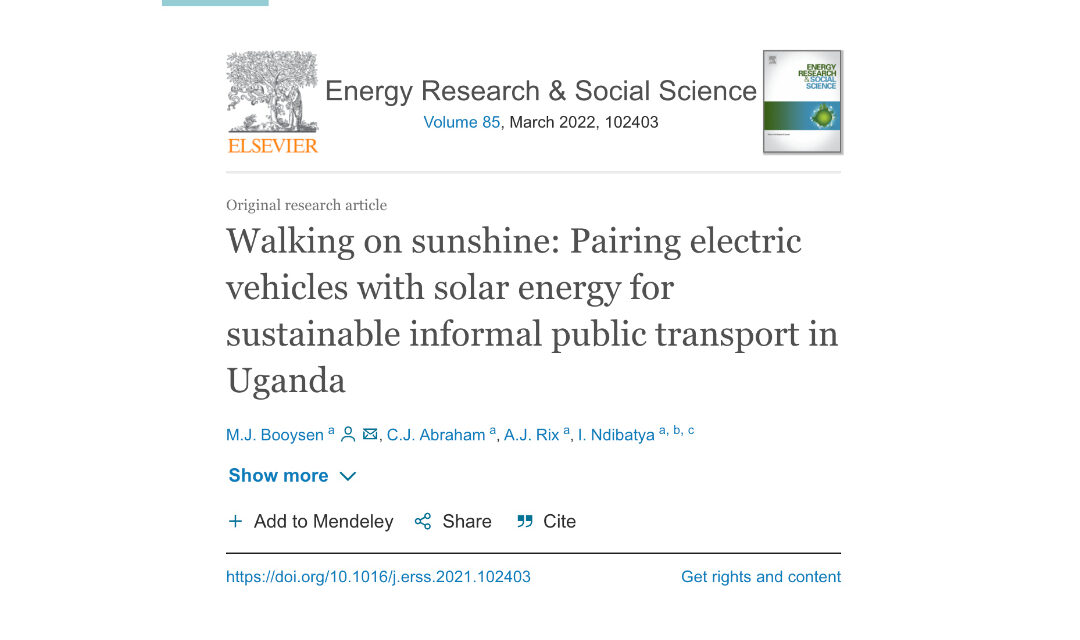
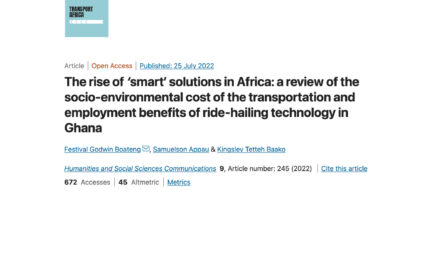
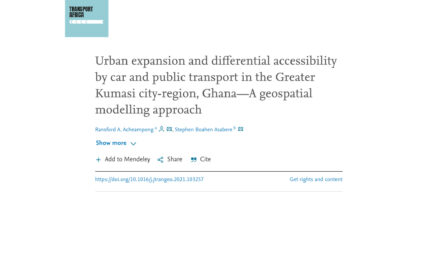
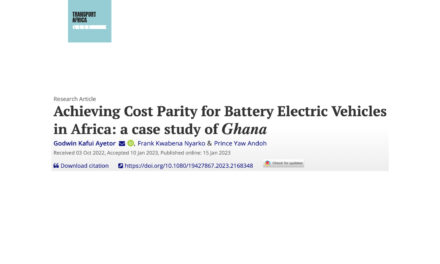
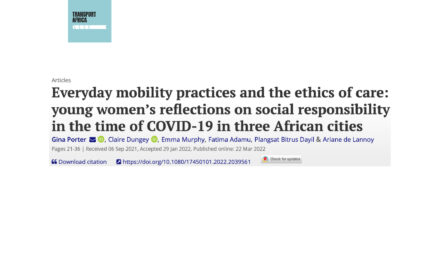
Thanks for another fantastic article. Where else may anyone get that type of information in such a perfect manner of…